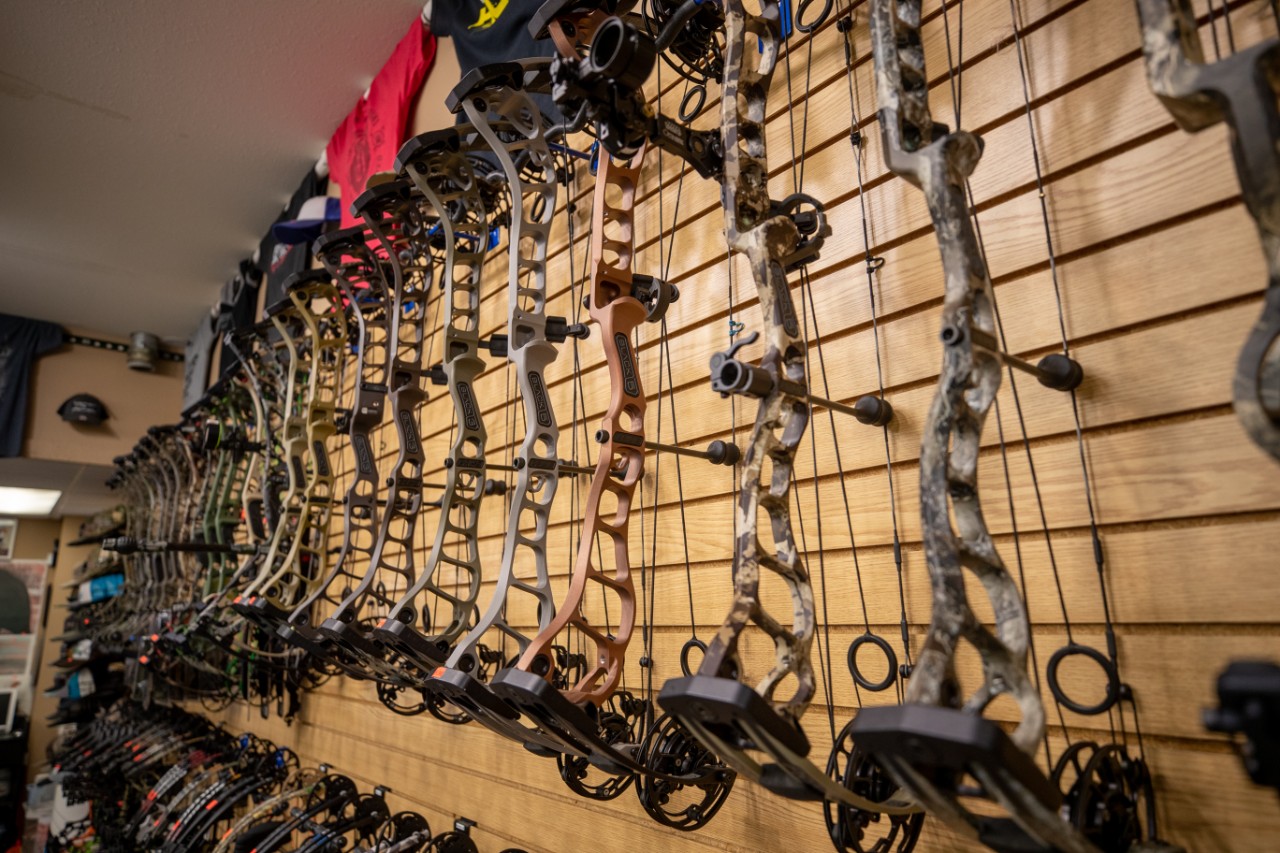

Articles
How To Store Compound Bow
Modified: February 22, 2024
Learn the best practices for storing your compound bow in this informative article. Find expert tips and advice to keep your bow in top condition.
(Many of the links in this article redirect to a specific reviewed product. Your purchase of these products through affiliate links helps to generate commission for Storables.com, at no extra cost. Learn more)
Introduction
As an archery enthusiast, you understand the importance of proper care and maintenance for your compound bow. One crucial aspect of this is storing your bow correctly when it’s not in use. Whether you’re an occasional shooter or a seasoned competitor, how you store your compound bow can significantly impact its longevity and performance.
In this article, we will discuss the essential steps to store your compound bow effectively. From choosing the right storage location to disassembling and cleaning the bow, we will cover all aspects of bow storage that will help you keep your equipment in top condition.
Proper storage not only protects your compound bow from physical damage but also helps maintain its accuracy and functionality. So let’s dive into the details and discover how you can store your compound bow correctly.
Key Takeaways:
- Proper storage of a compound bow is crucial for its longevity and performance. Choose the right location, remove accessories, clean and disassemble the bow, and use protective covers to ensure optimal condition during storage.
- Climate control and regular maintenance are essential for storing a compound bow. Maintain optimal humidity levels, conduct regular inspections, and perform routine maintenance to preserve the bow’s materials and performance.
Read more: How To Store A Compound Bow
Choosing the Right Storage Location
When it comes to storing your compound bow, selecting the right location is crucial. The ideal storage location should provide a stable environment, free from extreme temperature fluctuations, humidity, and direct sunlight.
Firstly, it is essential to find a place where the temperature remains relatively constant. Extreme heat or cold can have adverse effects on your bow’s materials, causing them to warp or become brittle. Aim for a room or area in your home with a consistent temperature range between 50°F and 70°F (10°C – 21°C).
Secondly, humidity is a significant factor to consider. High levels of humidity can cause your bow’s strings and cables to stretch or even rot, while low humidity can result in cracking and drying out of the bow’s components. Ideally, the humidity level should be around 40-50%. You can use a dehumidifier or a hygrometer to monitor and control the humidity in the storage area.
Avoid storing your compound bow in locations where it may be exposed to direct sunlight. Prolonged exposure to sunlight can cause the bow’s colors to fade, weaken the materials, and affect the overall performance. Opt for a shaded area or invest in a bow case or cover that provides UV protection.
Lastly, it’s crucial to ensure that the storage area is clean and free from dust, debris, and pests. Dust and debris can accumulate on the bow, affecting its performance and increasing the risk of damage. Keeping the storage area clean and organized will help protect your compound bow.
By selecting the right storage location, you can provide a conducive environment for your compound bow, ensuring its longevity and optimal performance.
Removing Accessories from the Compound Bow
Before storing your compound bow, it’s crucial to remove any accessories attached to it. Accessories such as sights, stabilizers, quivers, and arrow rests should be taken off the bow and stored separately. This ensures that each accessory is properly maintained and prevents any damage that may occur during storage.
To remove the accessories, start by loosening any screws or bolts holding them in place. Use the appropriate tools, such as an Allen wrench or screwdriver, to carefully remove each component. Be sure to keep track of the screws or bolts to avoid losing them.
When removing the sights or other optics, remember to take note of their position and any adjustments made. This will make it easier to reattach them correctly later on. Consider taking photos or making markings to help you remember the alignment and settings.
Once all the accessories are removed, inspect them for any signs of damage or wear. If necessary, clean them according to the manufacturer’s instructions and store them in a separate container or case specifically designed for each accessory.
Removing the accessories not only protects them from potential damage but also prevents them from getting tangled or misaligned during storage. It also allows you to focus on cleaning and maintaining the bow itself, ensuring its optimal performance when you’re ready to use it again.
By taking the time to remove and store accessories properly, you can prolong their lifespan and maintain the functionality of your compound bow.
Cleaning and Maintenance Tips
Regular cleaning and maintenance are vital for keeping your compound bow in top condition. Here are some essential tips to help you keep your bow clean and functioning optimally:
1. Inspect the bow: Before cleaning, thoroughly inspect the bow for any signs of damage, loose parts, or wear. Check the limbs, cams, strings, and cables for any cracks, fraying, or abnormalities.
2. Wipe down the bow: Use a soft, lint-free cloth to wipe down the entire bow, removing any dirt, dust, or debris. Pay special attention to the cams, cables, and strings, as these areas tend to accumulate grime and residue.
3. Cleaning the string and cables: Use a mild soap or bowstring cleaner along with a clean cloth to gently clean the string and cables. Avoid using harsh chemicals or solvents that can damage the bow’s materials. After cleaning, make sure to thoroughly dry the string and cables before reassembling the bow.
4. Lubricate moving parts: Apply a small amount of bowstring wax or lubricant to the cams, axles, and other moving parts of the bow. This helps reduce friction, ensures smooth operation, and prolongs the lifespan of these components. Be sure to follow the manufacturer’s recommendations for the type and amount of lubricant to use.
5. Check and tighten screws: Inspect all screws and bolts on the bow and accessories, ensuring they are tight and secure. Use the appropriate tools to tighten any loose screws, but be careful not to overtighten, as it can damage the threads or strip the screws.
6. Store in a dry place: After cleaning and maintenance, store your compound bow in a cool, dry place to prevent moisture buildup and rust. Consider using a bow case or bag to protect the bow from dust, debris, and potential damage.
Regular cleaning and maintenance of your compound bow not only ensure its optimal performance but also help identify any potential issues before they become major problems. By following these cleaning tips, you can extend the lifespan of your bow and maintain its accuracy and reliability.
Disassembling the Compound Bow
Disassembling your compound bow before storage is important for both safety and proper maintenance. Here are the steps to follow to disassemble your bow correctly:
1. Ensure it is unloaded: Before beginning the disassembly process, make sure your bow is unloaded. Remove any arrows from the quiver and verify that there are no arrows or bolts in the bow.
2. Loosen the limb bolts: Start by loosening the limb bolts on each limb of the bow. Use the appropriate tools, typically an Allen wrench or a bow limb bolt wrench, to turn the bolts counterclockwise. Loosening the limb bolts will reduce tension on the limbs and make it easier to remove them later.
3. Remove the limbs: Once the limb bolts are loosened, carefully slide the limbs out of their pockets or limb pockets. Be cautious not to drop or damage the limbs during this process. Place the limbs in a safe and secure location for storage.
4. Take off the string and cables: Use a bow press to safely and properly remove the bowstring and cables from the bow. Follow the manufacturer’s instructions for using the bow press. If you’re unsure how to use a bow press or don’t have access to one, it’s best to seek assistance from a professional archery technician.
5. Inspect and clean the components: With the bow disassembled, take the time to inspect each component for any signs of damage, wear, or dirt. Use a soft cloth to wipe down the limbs, riser, and other parts, removing any debris or residue. This is also a good opportunity to perform any necessary maintenance or repairs.
6. Store the components separately: Once everything is cleaned and inspected, store the bow limbs, riser, and other components separately in a secure and dry location. Consider using individual bags or cases specifically designed for bow storage to protect each component from scratches or damage.
Disassembling your compound bow before storage not only helps protect the bow but also ensures that each component is properly maintained and stored. By following these steps, you can safely and effectively disassemble your bow for storage.
When storing a compound bow, make sure to unstring it to relieve tension on the limbs. Store it in a cool, dry place away from direct sunlight to prevent warping or damage.
Read more: How To Store Compound Butter
Storing the Bow in a Case or Bag
Once you have disassembled your compound bow, it’s time to choose the right case or bag for storage. Storing your bow in a case or bag provides an additional layer of protection against dust, moisture, and potential damage. Here are some considerations and tips for storing your bow in a case or bag:
1. Select the right size: Ensure that the case or bag you choose is the appropriate size for your disassembled bow components. It should have enough room to comfortably hold the riser, limbs, and any other accessories you plan to store with the bow.
2. Padding and protection: Opt for a case or bag that offers sufficient padding to protect your bow against bumps and impacts. Look for foam or cushioned compartments that provide a snug fit for each component. This helps prevent any movement or shifting during storage, reducing the risk of damage.
3. Compartmentalize accessories: If you plan to store accessories such as sights, stabilizers, or quivers with your bow, choose a case or bag with dedicated compartments or pockets for each item. This keeps everything organized and prevents them from coming into contact and potentially causing damage.
4. Secure closures: Ensure that the case or bag you choose has secure closures, such as sturdy zippers or latches. This prevents any accidental openings and keeps your bow protected while in storage.
5. Handle for easy transport: Look for a case or bag with a comfortable handle or shoulder strap for easy transportation. This makes it convenient to carry your bow and accessories to and from your storage area or shooting range.
6. Climate control features: For added protection, consider a case or bag that offers climate control features, such as moisture-wicking fabric or built-in dehumidifiers. These features help maintain the ideal humidity levels and prevent any moisture-related damage to your bow.
Once you have chosen the right case or bag, carefully place your disassembled bow components inside, making sure they are properly secured and cushioned. Close the case or bag securely and store it in a cool, dry location away from direct sunlight.
Storing your compound bow in a case or bag provides peace of mind, knowing that your equipment is protected and ready for future use. By following these tips, you can ensure that your bow remains in optimal condition throughout its time in storage.
Hanging the Bow on a Bow Rack
Hanging your compound bow on a bow rack is a convenient and space-saving way to store your equipment, especially if you have limited storage options. Here are some tips for hanging your bow on a bow rack:
1. Choose a sturdy bow rack: Select a bow rack that is specifically designed to hold compound bows securely. Look for a rack made from durable materials like metal or sturdy hardwood, with hooks or brackets that can safely support the weight of your bow.
2. Mount the rack properly: Before mounting the bow rack, ensure that it is securely fastened to a wall or any other suitable surface. Use appropriate mounting hardware, such as screws or wall anchors, based on the type of wall and weight of the bow rack. Make sure the rack is level and stable before proceeding.
3. Prepare the bow for hanging: Make sure your compound bow is clean and free from any dust or debris. If there are any accessories still attached, remove them before hanging the bow on the rack. This includes sights, stabilizers, quivers, and any other removable components.
4. Hang the bow securely: Place the riser of your compound bow onto the hooks or brackets of the bow rack. Make sure the bow is centered and balanced on the rack. It should be securely held in place without any wobbling or instability. Double-check the positioning to ensure that the bow is not touching any other objects or surfaces that could potentially damage it.
5. Utilize additional storage options: If your bow rack has additional hooks or compartments, you can use them to hang accessories such as quivers, releases, armguards, or bowstrings. This helps keep all your archery gear organized and easily accessible.
6. Regularly check and maintain the bow rack: Periodically inspect the bow rack to ensure that it remains secure and in good condition. Tighten any loose screws or bolts and clean the rack as necessary. This helps to maintain the integrity of the rack and prevents any accidental damage to your stored compound bow.
Hanging your compound bow on a bow rack not only saves space but also keeps your equipment easily accessible for quick retrieval. By following these tips and properly maintaining the bow rack, you can ensure that your compound bow remains safe and secure when not in use.
Using Bow Socks or Sleeves for Storage
Bow socks or sleeves are a popular and effective method for storing compound bows. These protective covers offer additional protection against dust, scratches, and minor damage while your bow is in storage. Here are some tips on using bow socks or sleeves for storage:
1. Choose the right size: Ensure that the bow sock or sleeve you select is the appropriate size for your compound bow. It should fit snugly around the bow, providing complete coverage and protection. Consider measuring your bow’s length and width to find the perfect fit.
2. Soft and durable material: Look for bow socks or sleeves made from soft and durable materials. Neoprene or fleece-lined options are popular choices as they provide cushioning and protection for your bow. Additionally, make sure the material is breathable to prevent moisture build-up.
3. Convenient drawstring or zipper closure: Opt for a bow sock or sleeve that features a drawstring or zipper closure. This allows you to secure the sock or sleeve tightly around the bow, preventing any accidental slips or falls. The closure mechanism should be easy to use and provide a secure fit for added protection.
4. Slip-on design: Consider a slip-on design for ease of use. A sleeve that slides smoothly over your compound bow makes it quick and effortless to cover and uncover your bow whenever needed. This feature can be particularly convenient if you frequently transport or use your bow.
5. Additional padding or reinforcement: Some bow socks or sleeves come with extra padding or reinforced areas to provide enhanced protection for sensitive parts of your bow, such as the cams or limbs. These added layers of protection can help safeguard your bow against potential damage during transportation or storage.
6. Cleaning and maintenance: Regularly clean and inspect your bow sock or sleeve for any dirt, debris, or signs of wear. Follow the manufacturer’s instructions for cleaning and care to ensure the longevity of the protective cover. Proper maintenance of the bow sock or sleeve will help preserve its effectiveness and prolong its lifespan.
Using a bow sock or sleeve is a convenient and practical way to keep your compound bow protected during storage. By selecting the right size, ensuring the material is soft and durable, and maintaining the cover regularly, you can effectively safeguard your bow from dust, minor scratches, and other potential damage.
Climate Control and Humidity Levels
Proper climate control and maintaining optimal humidity levels are essential factors to consider when storing your compound bow. Extreme temperatures and humidity can negatively impact the materials and performance of your bow. Here are some tips for climate control and humidity management:
1. Temperature regulation: Aim to store your compound bow in an area with a consistent temperature. Extreme heat or cold can cause the materials to expand or contract, potentially leading to warping, cracking, or other damage. Ideally, the storage location should have a temperature range between 50°F and 70°F (10°C – 21°C).
2. Humidity management: High humidity levels can be detrimental to a compound bow, causing strings to stretch, metal components to rust, and wooden parts to warp. Conversely, low humidity can lead to dryness and cracking. Aim for a humidity level of around 40-50%. Use a hygrometer to monitor the humidity in the storage area.
3. Dehumidifiers: If you live in a particularly humid environment, consider using a dehumidifier in your storage area. Dehumidifiers can help maintain the ideal humidity level, preventing moisture-related damage to your bow. Place the dehumidifier strategically to ensure it effectively removes excess moisture from the air.
4. Silica gel packets: Place silica gel packets in your storage area or case to help absorb excess moisture. Silica gel is a desiccant that can help protect your bow against humidity and prevent the growth of mold or mildew. Replace the silica gel packets periodically or as directed by the manufacturer to maintain their effectiveness.
5. Avoid basements and attics: Basements and attics are often prone to fluctuating temperatures and humidity levels. These areas are generally more susceptible to moisture buildup, which can be detrimental to your compound bow. If possible, choose a storage location away from these areas.
6. Regular climate checks: Regularly monitor the climate conditions in your storage area. Perform periodic checks on both the temperature and humidity levels to ensure they remain within the recommended range. This proactive approach allows you to address any issues promptly and make necessary adjustments to maintain the ideal storage environment.
By paying attention to climate control and managing humidity levels, you can create a storage environment that minimizes the risk of damage to your compound bow. Consistent temperature and humidity regulation help preserve the materials and ensure your bow remains in optimal condition during storage.
Read more: How To Store Joint Compound
Regular Inspections and Maintenance
Regular inspections and maintenance are crucial for keeping your compound bow in optimal condition, even when it’s in storage. By conducting periodic checks and performing routine maintenance tasks, you can identify and address any potential issues before they escalate. Here are some essential tips for regular inspections and maintenance:
1. Visual inspection: Begin by visually inspecting your compound bow for any signs of damage, wear, or loose parts. Check the limbs, cams, strings, cables, and any other components for cracks, fraying, or abnormalities. Look for any visible signs of rust, corrosion, or bent parts.
2. String and cable inspection: Pay close attention to the strings and cables of your bow. Look for signs of stretching, wear, or damage. Check for any loose strands, separation, or flattened areas. If you notice any issues, consider replacing the strings or cables to maintain optimal performance.
3. Limb and riser examination: Inspect the limbs and riser of your compound bow for any cracks, dents, or warping. Check the limb pockets and mounting points for any signs of damage or looseness. Ensure that the limbs are securely attached and aligned with the riser.
4. Hardware tightening: Take the time to check and tighten all screws, bolts, and other hardware on your bow and accessories. Use the appropriate tools to ensure that everything is secure but avoid overtightening, as it could damage the threads or strip the screws.
5. Lubrication: Apply a small amount of lubricant or bowstring wax to the moving parts of your compound bow, such as the cams and axles. This helps reduce friction and ensures smooth operation. Refer to the manufacturer’s recommendations for the appropriate type and amount of lubricant to use.
6. String maintenance: Regularly inspect your bowstring for signs of wear, fraying, or serving separation. Clean the bowstring using a mild soap or specialized bowstring cleaner and a clean cloth. Avoid using harsh chemicals that could damage the string. Reapply bowstring wax to maintain its condition and longevity.
7. Storage check: Even when in storage, periodically check your bow to ensure it remains in good condition. Inspect for any signs of pest infestation, moisture buildup, or other environmental damage. Address any issues promptly to prevent further damage to your compound bow.
By conducting regular inspections and performing routine maintenance tasks, you can keep your compound bow in top shape during storage. This proactive approach not only ensures that your bow remains in optimal condition but also allows you to enjoy consistent and reliable performance when you’re ready to use it again.
Frequently Asked Questions about How To Store Compound Bow
Was this page helpful?
At Storables.com, we guarantee accurate and reliable information. Our content, validated by Expert Board Contributors, is crafted following stringent Editorial Policies. We're committed to providing you with well-researched, expert-backed insights for all your informational needs.
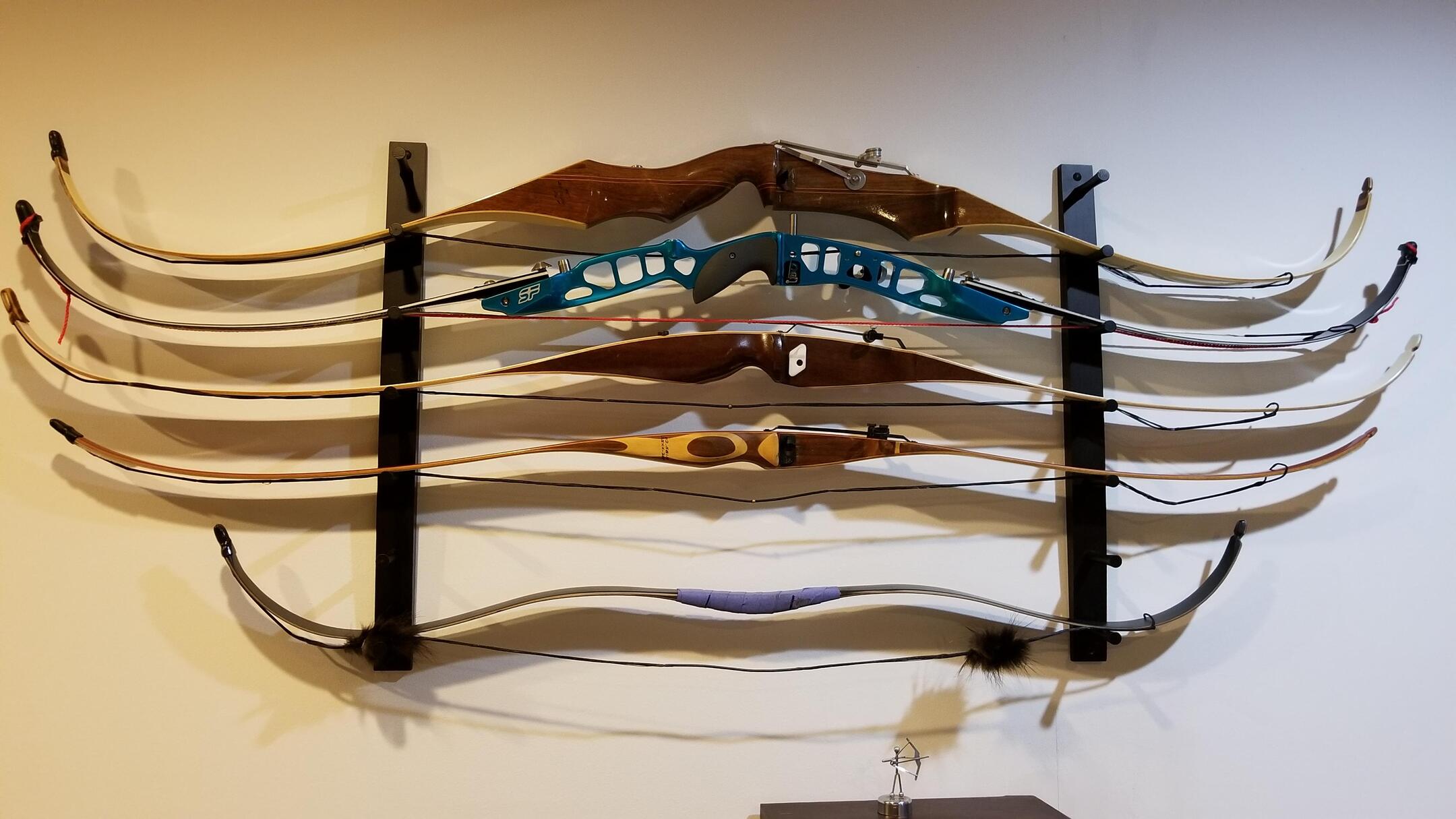
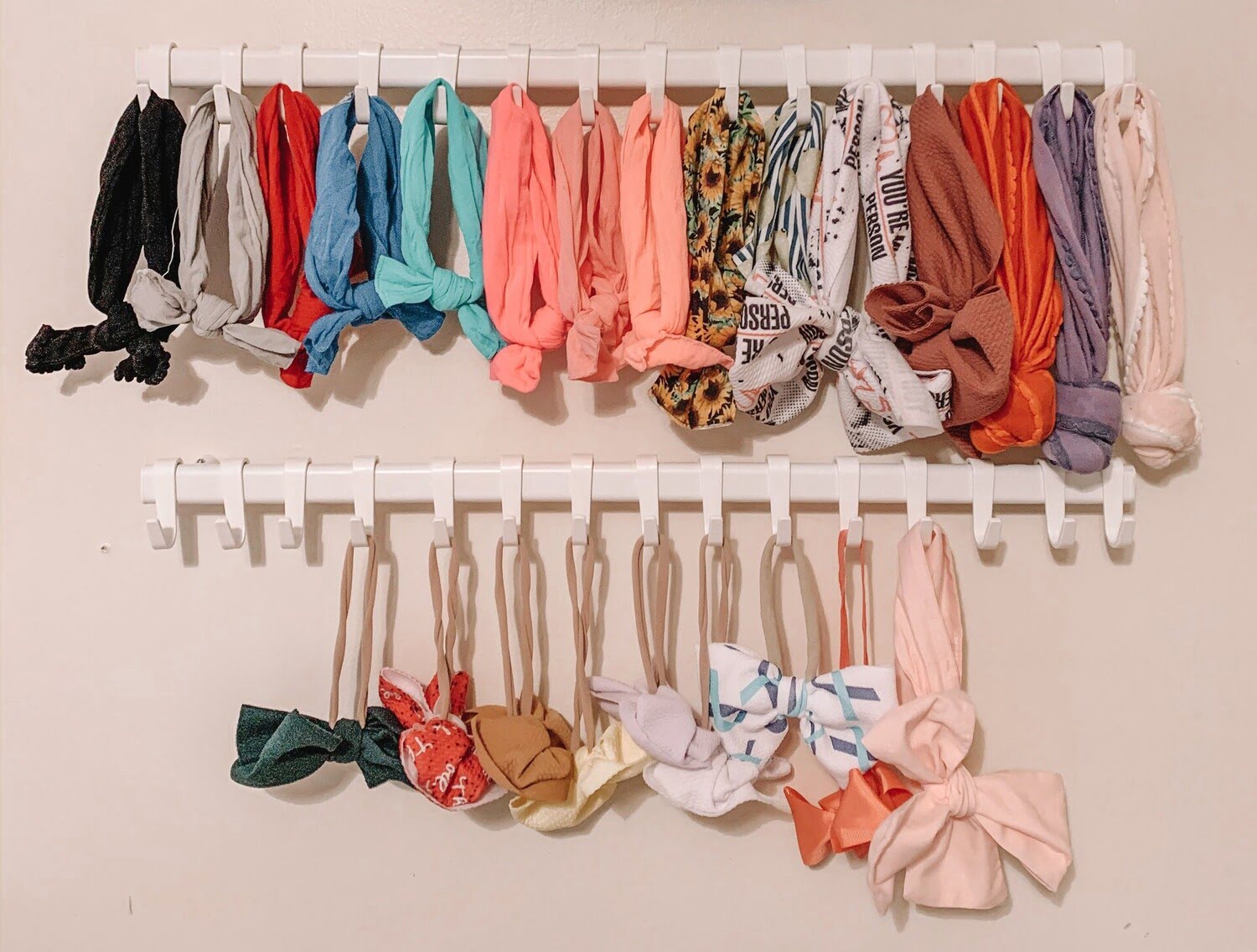
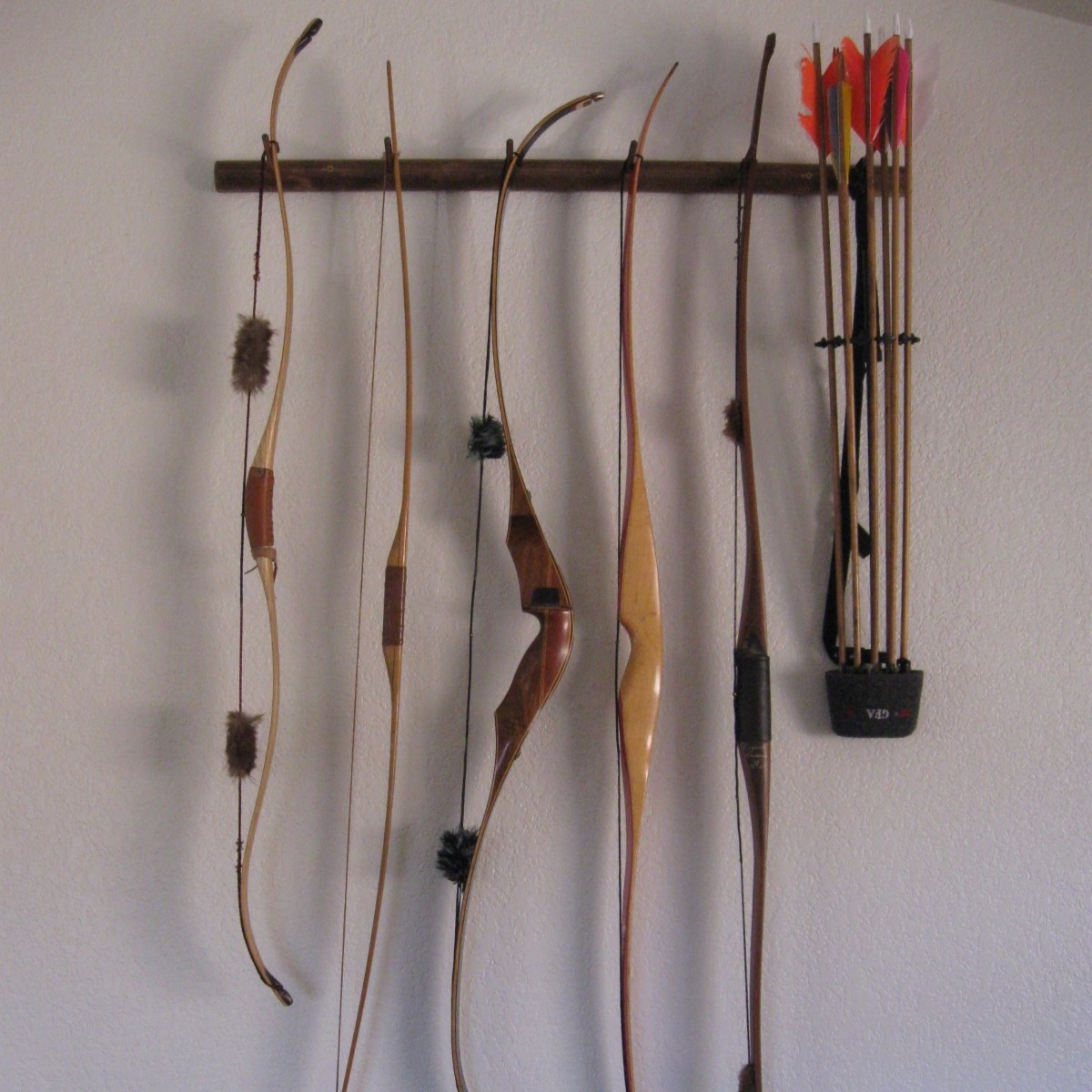
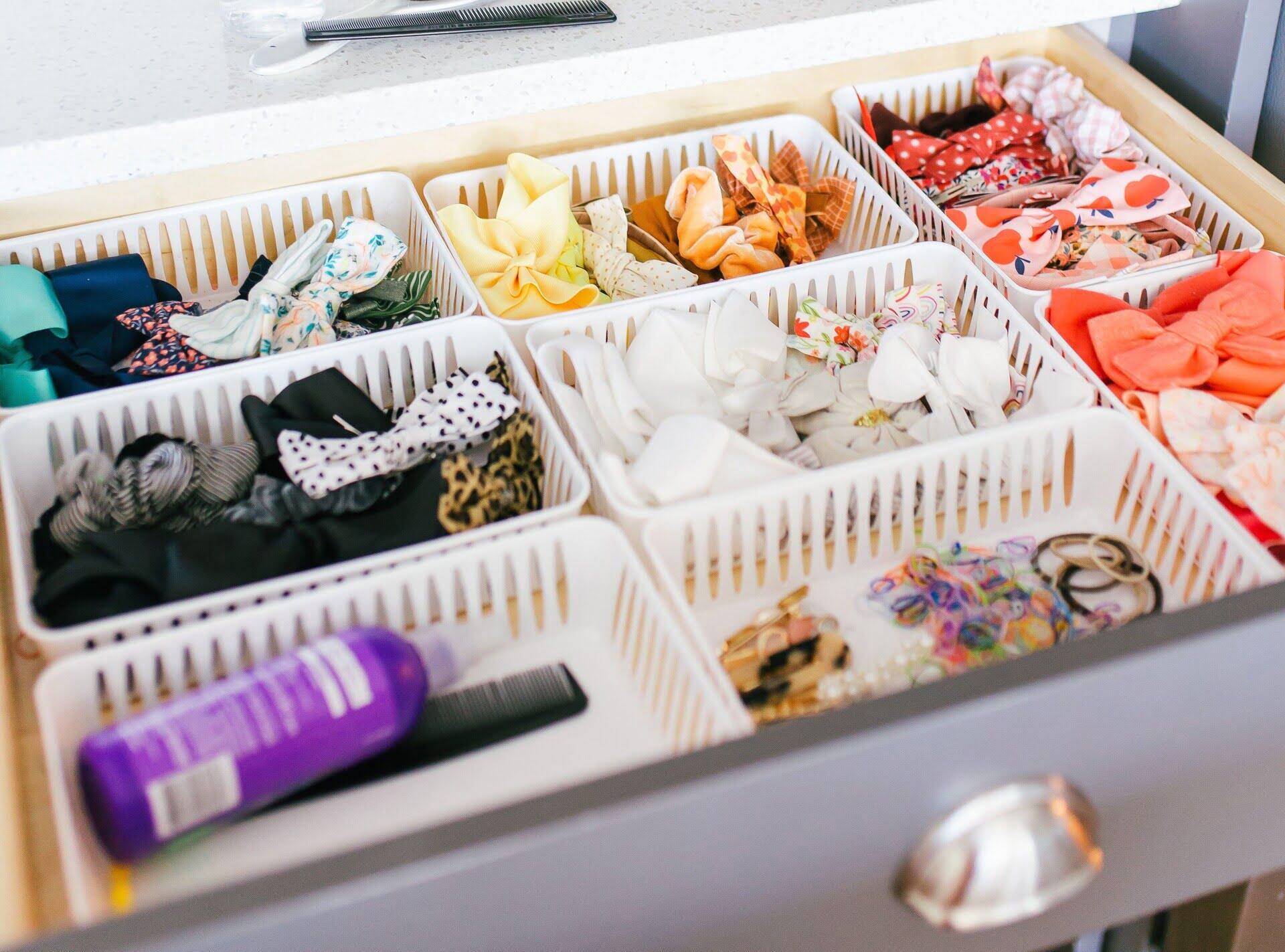
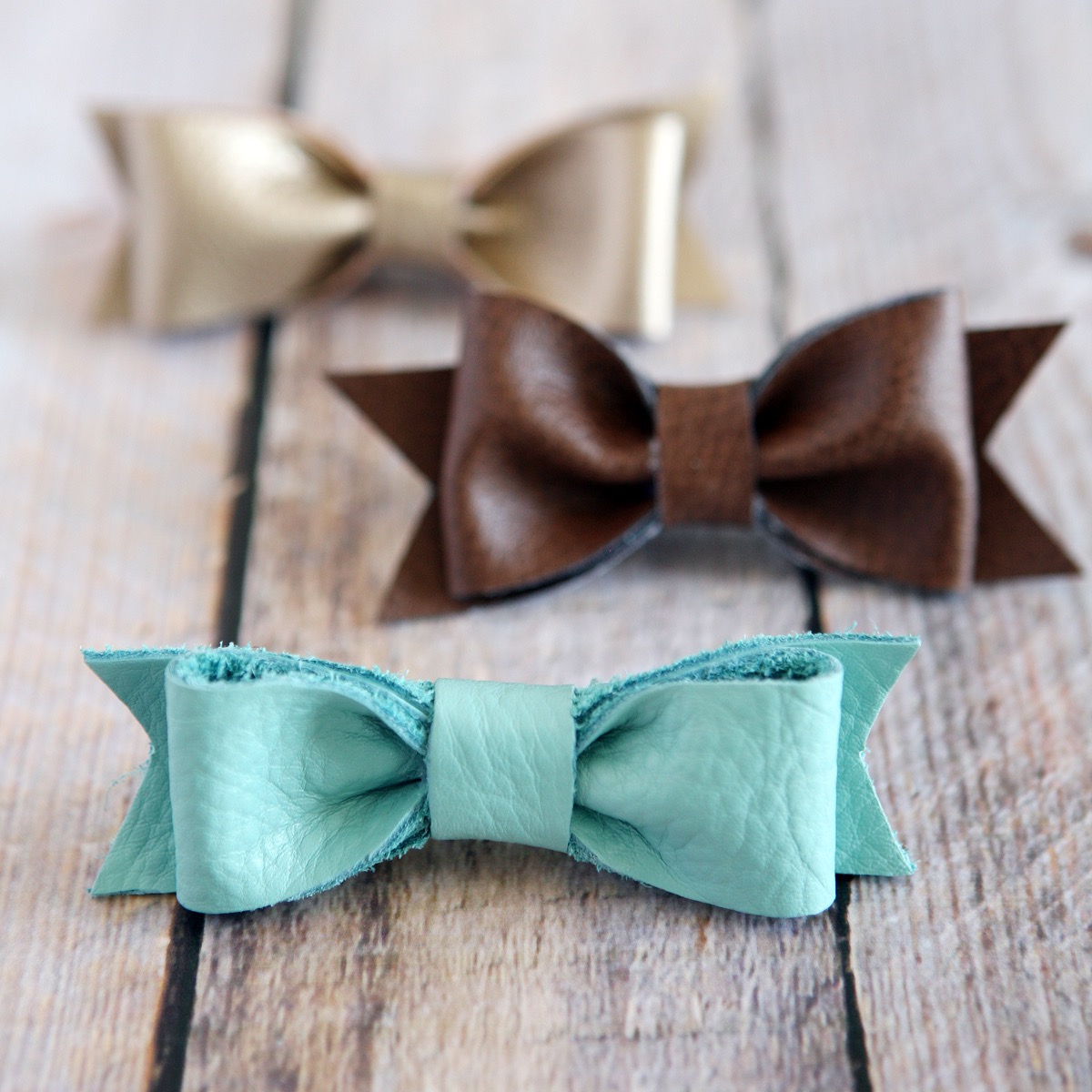
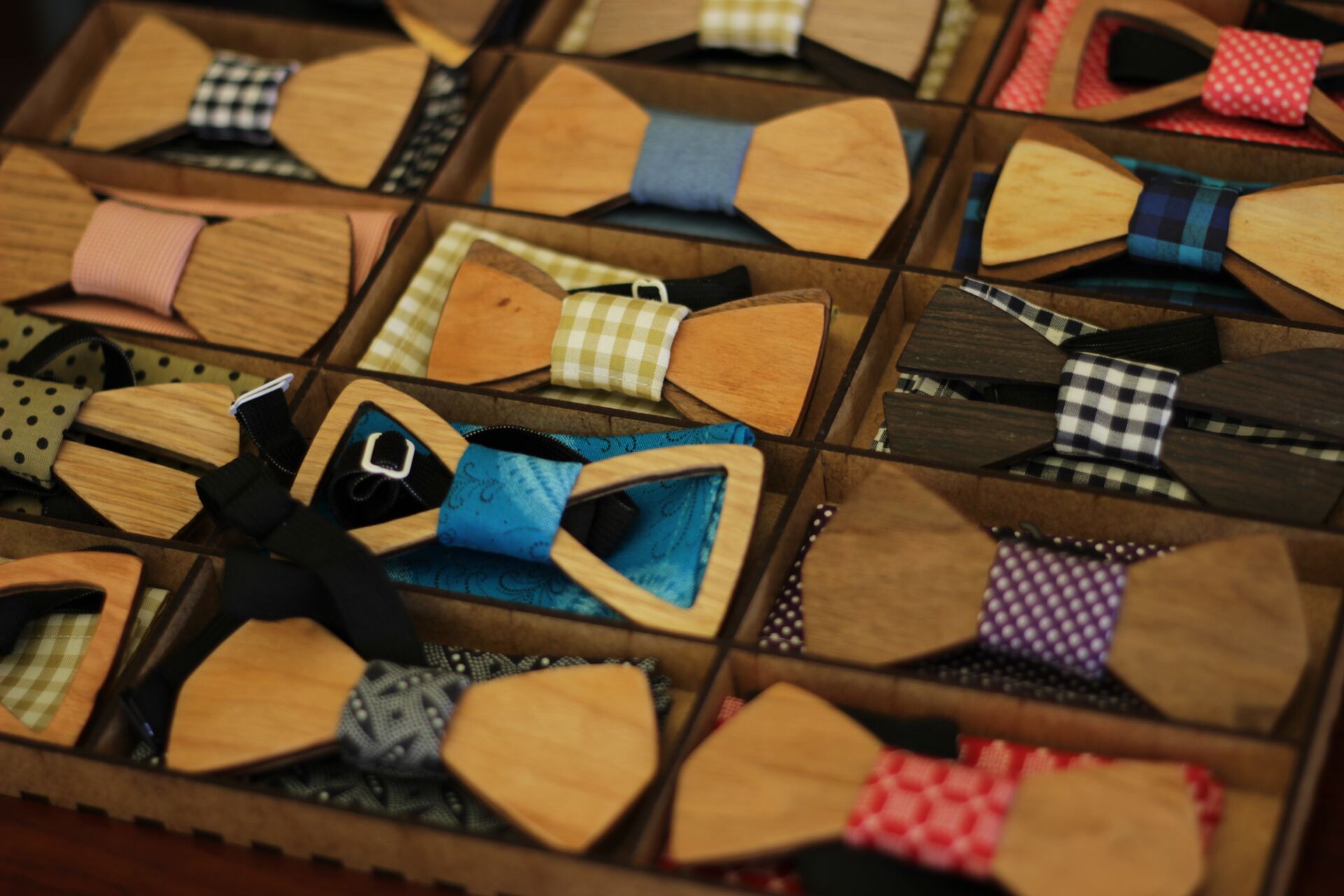
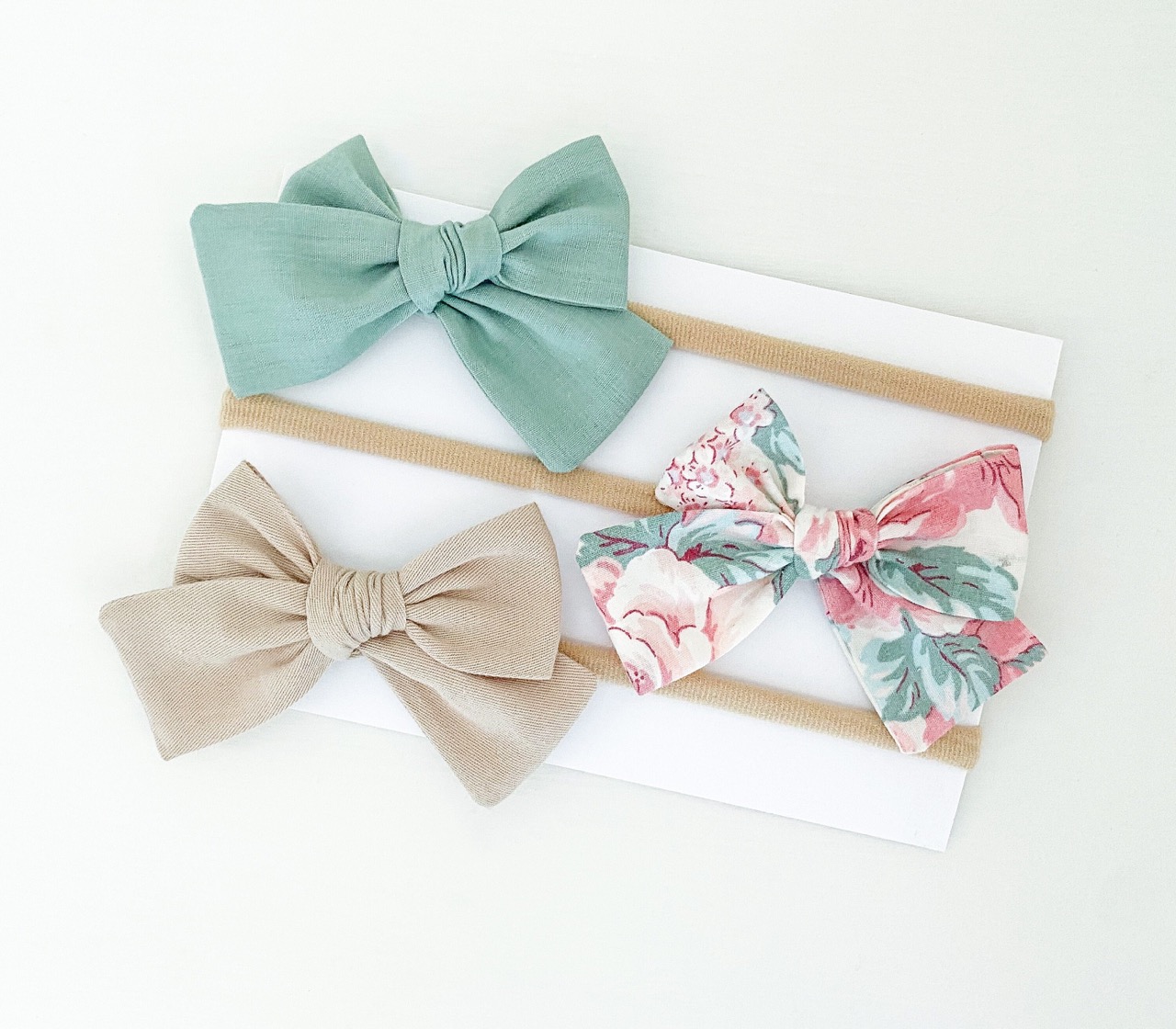
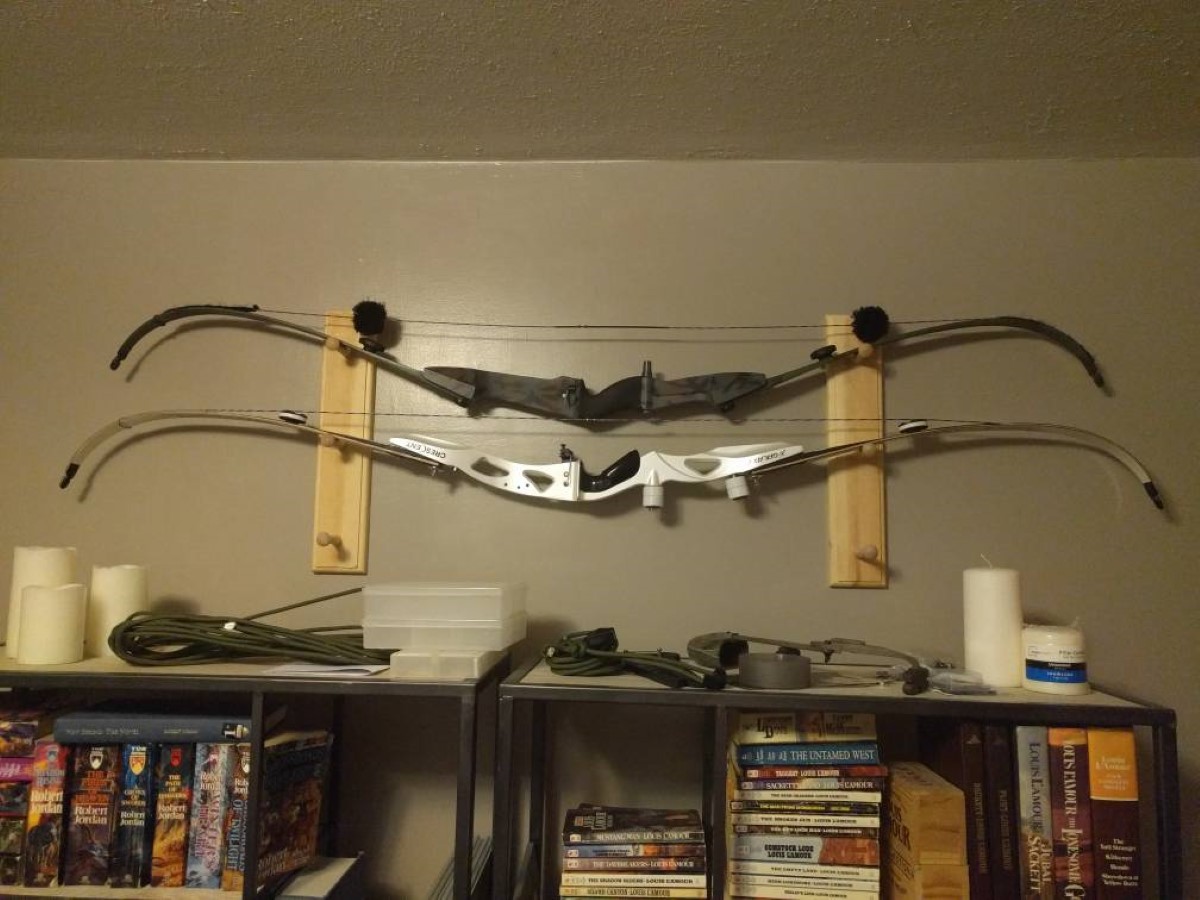

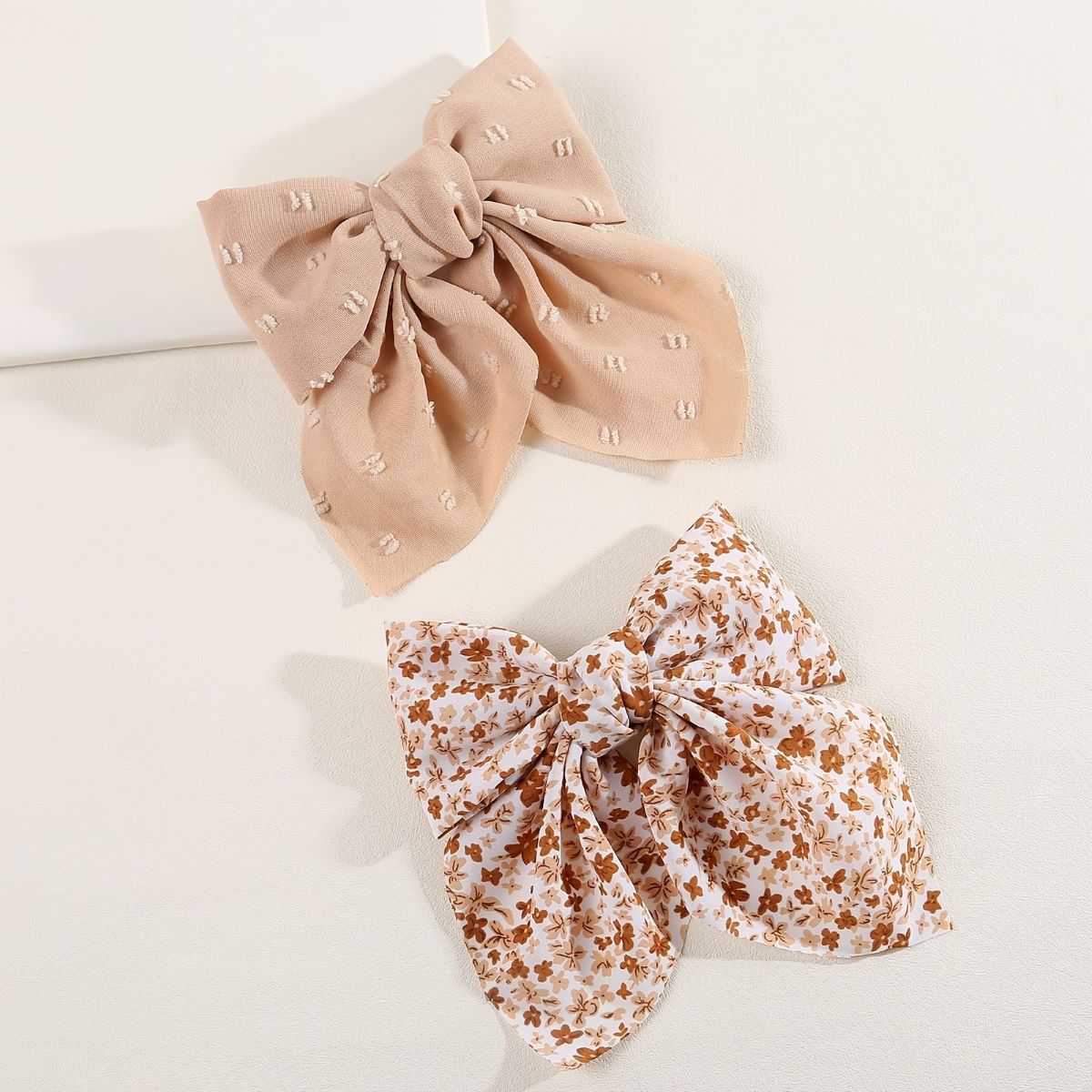
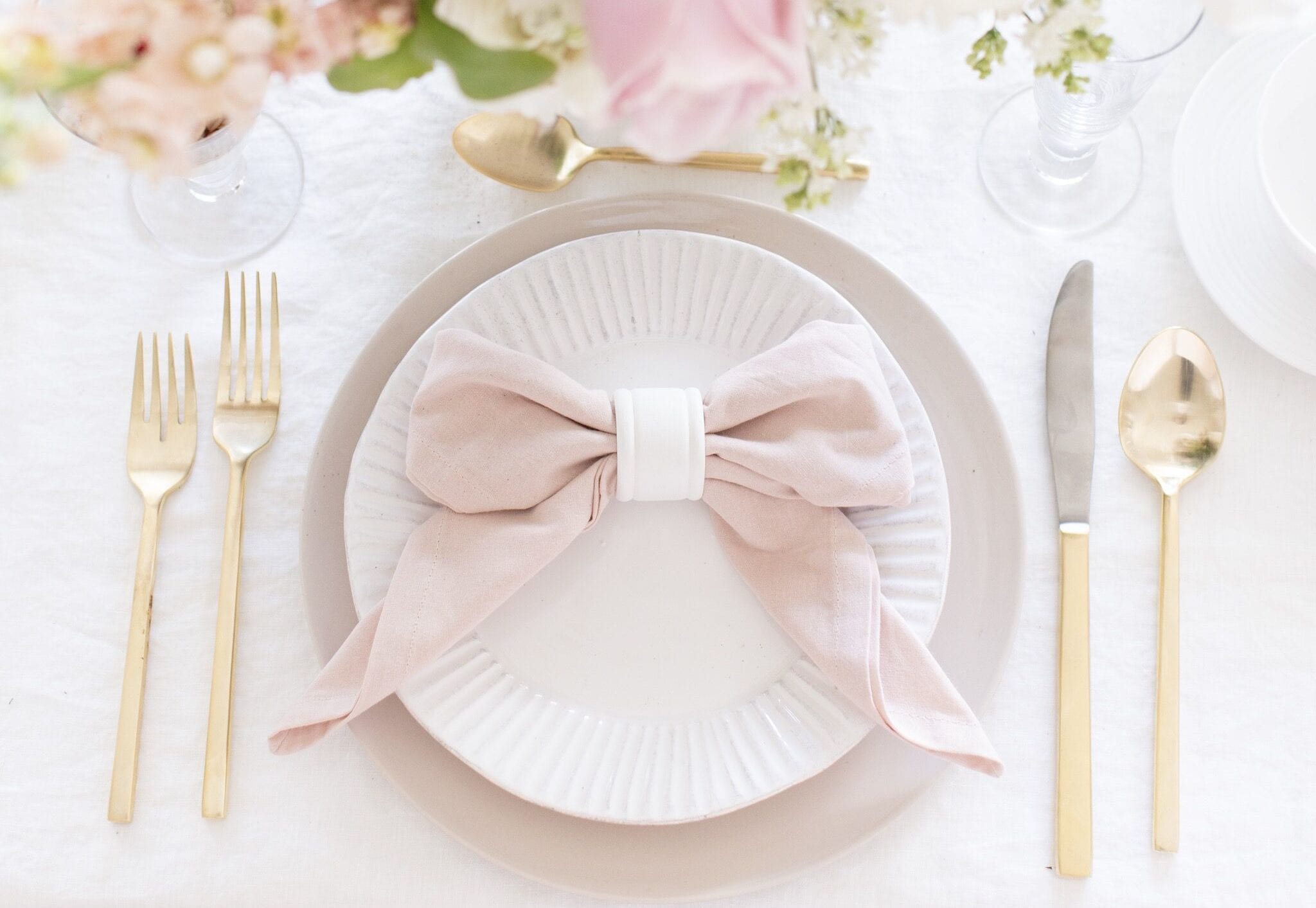
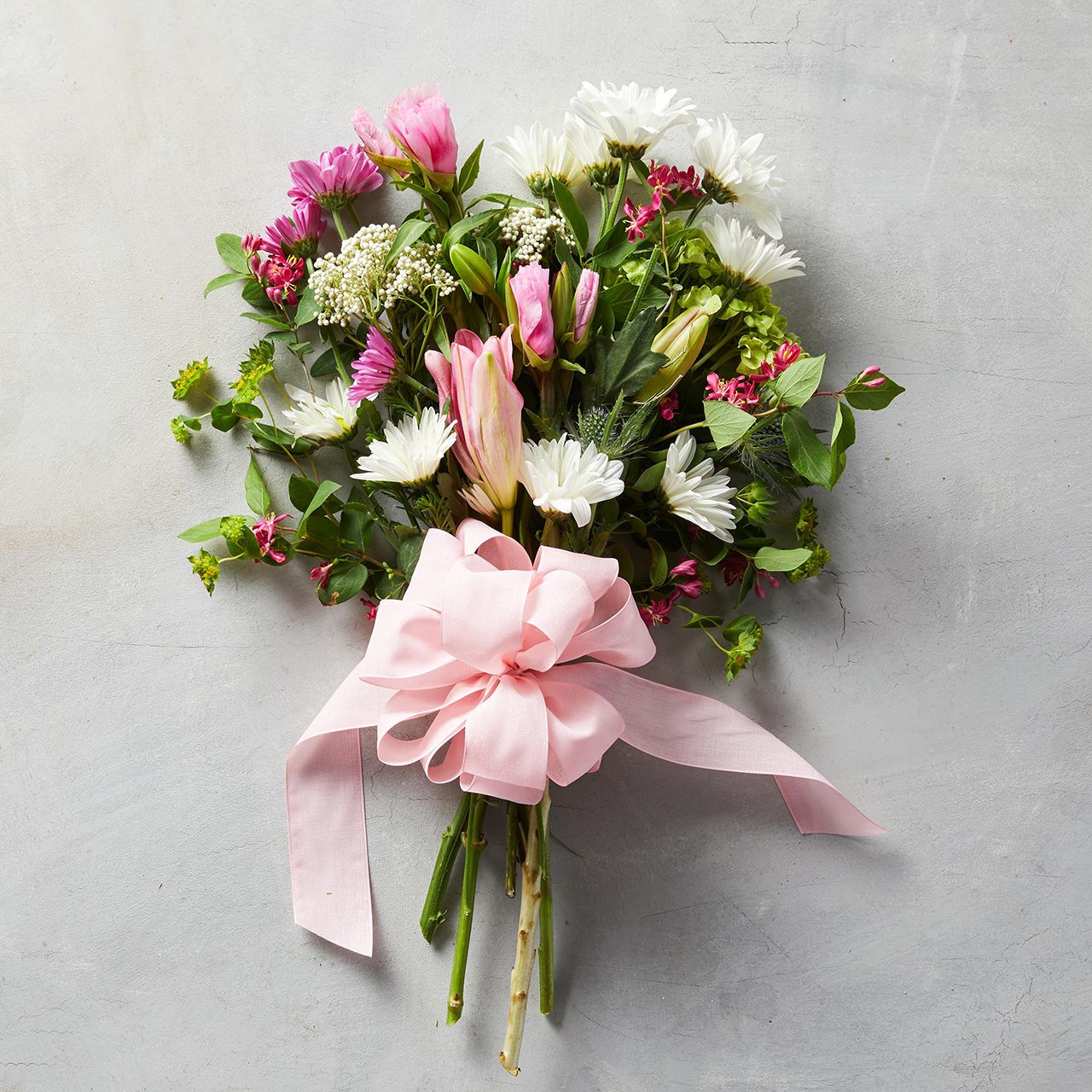
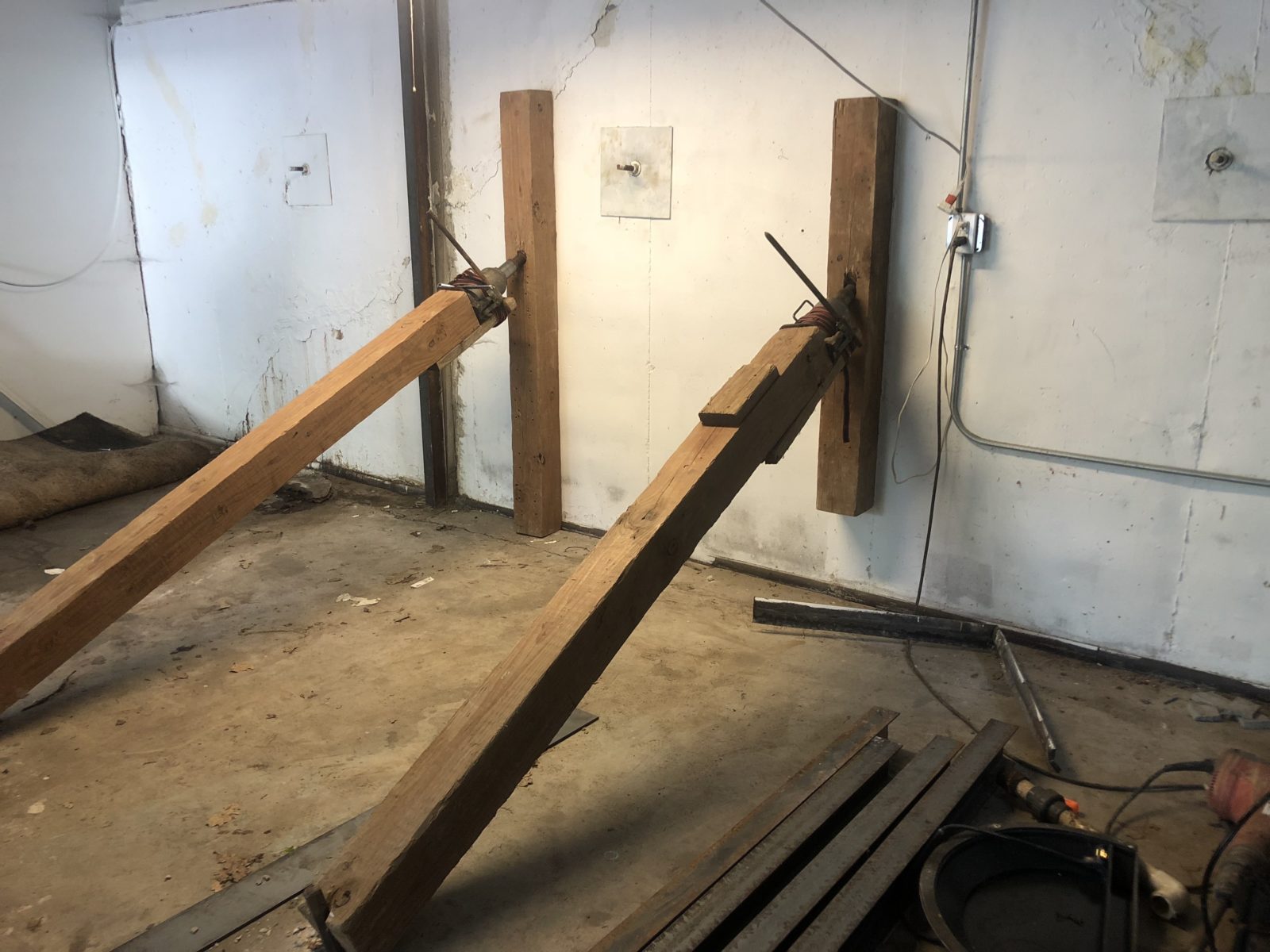

0 thoughts on “How To Store Compound Bow”